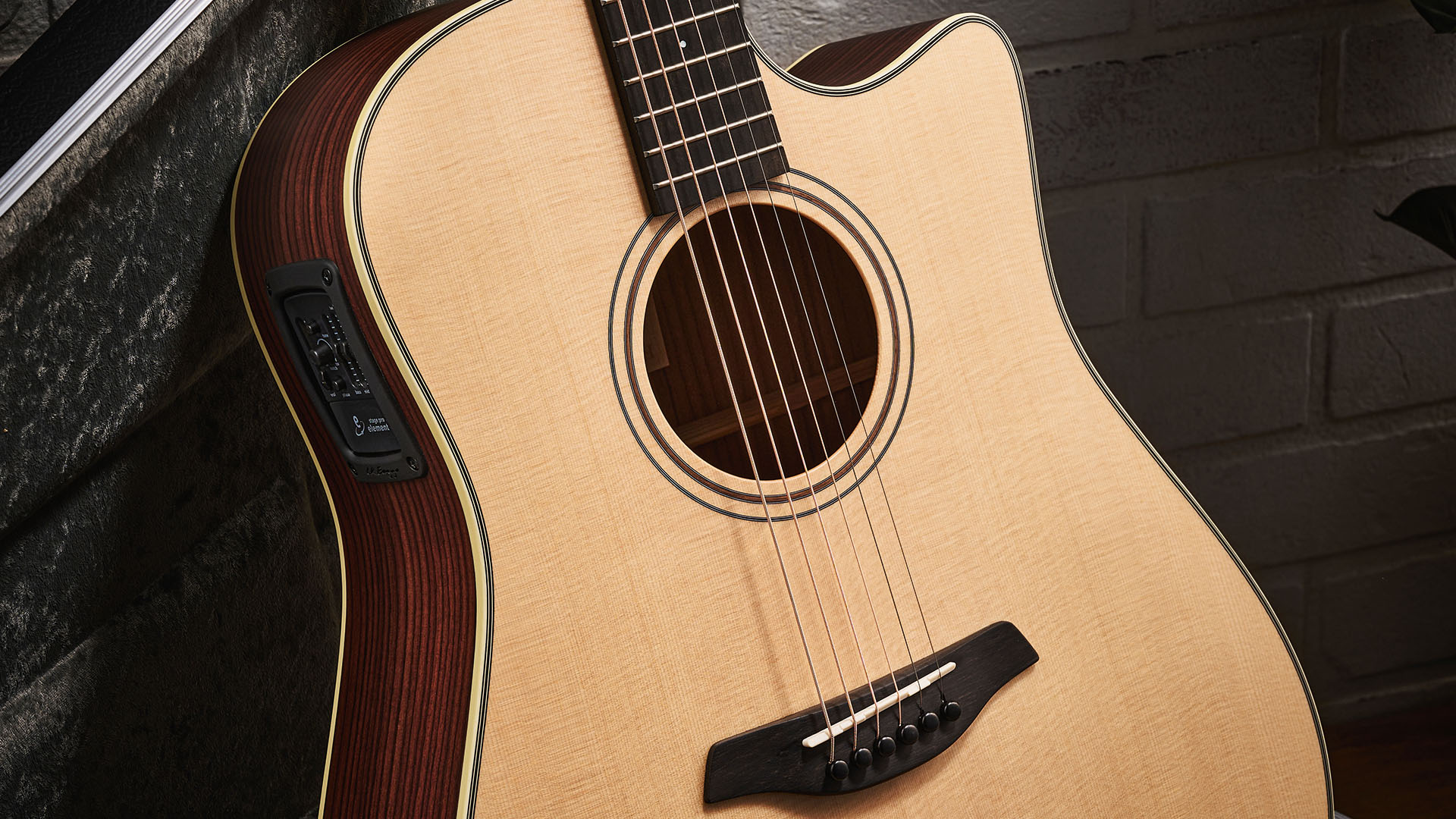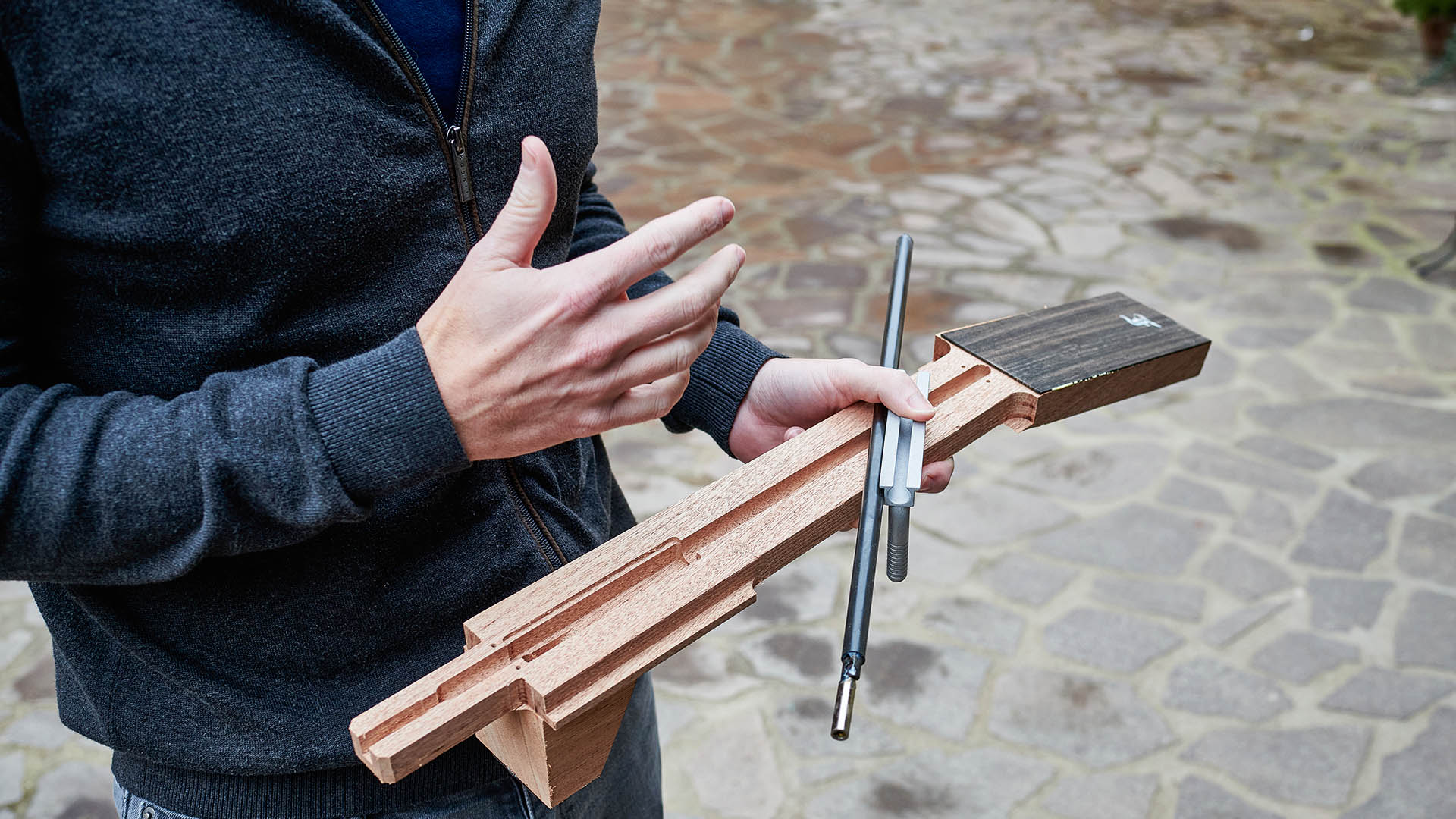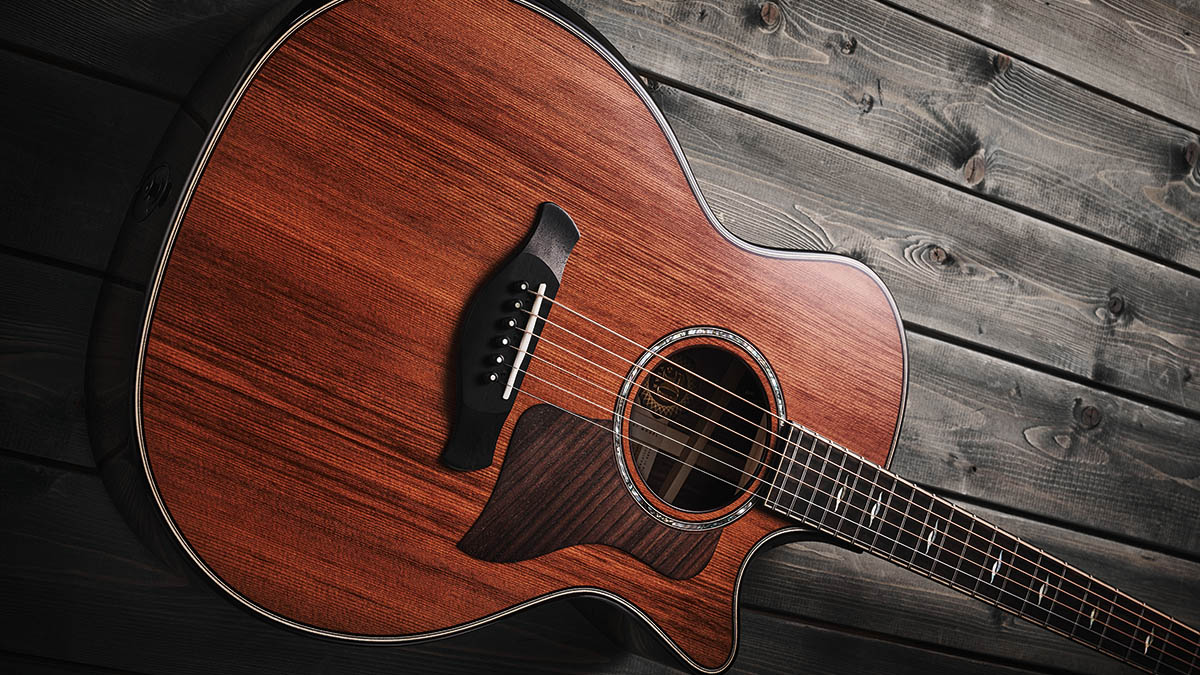
It’s often been said that guitarists are resistant to change in guitar design. I think perhaps that’s overstated, as our 40th Anniversary Reader Survey found that, on the whole, Guitarist readers were fairly open to new advances in gear, with 38 per cent of respondents identifying most with the statement “I love innovation in guitars, amps and effects,” while the largest group – 51 per cent – agreed with the statement “Now and again an innovation grabs my imagination.”
Only 11 per cent of respondents said they had little or no interest in innovation in guitar gear.
So much for the infamous conservatism of guitarists. The nearest it gets to being true is when it comes to styling. We may like to have all the performance advantages of modern guitar making, but we don’t necessarily want it to show on the outside.
By and large, we still like the body shape of a guitar to be iconic, any tech to be discreetly hidden away, and the finish to be one of a relatively small range of established colours.

Yes, there are always outliers and players who like to be flamboyantly different, but I’d bet the most popular guitar finish in the world is still tobacco sunburst and, if so, that says it all, really.
Guitar designers are wise to this, of course, and the days of flagship guitars sporting ostentatious tech are long gone – Gibson’s ill-fated dalliance with robot tuners a decade ago was the final nail in that utopian coffin.
Guitar makers now tend to hide their innovations under the surface, so you can feel the improvements when you play but not be aware of them with the naked eye.
One has only to look how many high-end acoustic guitar makers now favour some kind of non-traditional neck joint for an example of this.
Some of these, such as the CNR System employed by Czech guitar maker Furch, are so finely engineered – using high-precision metal fittings and composite materials – that the once derogatory term ‘bolt-on neck’ simply doesn’t do justice to what is simply a more precise, adjustable and stable way to attach a guitar neck to the body than a traditional glued-in neck joint.
From the outside, the guitars look contemporary but still classic; inside, they’re a clean break with much of the 19th century roots of modern acoustic making.
Furch has perhaps taken some inspiration from Taylor in that respect. The forward-thinking California firm was one of the first really major acoustic makers to champion a laser-precise bolt-on system with its NT Neck, introduced over 20 years ago, and in more recent years has dispensed with the previously almost universal X-bracing system developed by Martin in 1843 in favour of the Andy Powers-designed V-Class bracing (and some variations for smaller guitars), which Taylor says enhances volume, sustain and even intonation higher up the neck.

But even at Martin, where the firm’s long heritage underpins its huge cachet as a brand, the design team has been able to bring in seriously progressive elements to its Modern Deluxe range, such as composite bridge plates, Liquidmetal bridge pins, and highly evolved torrification for the soundboard, without offending purists simply by hiding it all under a beautiful, classic exterior with only the subtlest visual cues that the guitar is a next-gen hot-rod.
So if you seek enhanced performance today, you can expect it to be invisible to the naked eye but to feel and hear it when you play. I had a similar experience recently, playing the Bare Knuckle PolyPaf humbucker set.
The design brief was to take a classic vintage P.A.F. sound but make it more widely usable for a range of modern applications from hot blues to moderate-gain metal playing.
To achieve this, Tim Mills and producer/engineer Adam ‘Nolly’ Getgood used traditional materials in innovative configurations including “a custom wind offset of 42 AWG plain enamel wire, unoriented Alnico V rough-cast magnets and a unique combination of high carbon steel slugs under the wound strings”. Having played a set at length in a PRS Modern Eagle II, I can confirm their performance is eye-opening.
The classic sounds are there but without any wooliness, honk or quack, plus a more finely graduated response to touch sensitivity: dig in and you’ll reliably find pinched harmonics exactly where you’d want them to leap out; back off and they behave like almost like fat, plummy single coils. Overall, they just feel more poised and more accessibly expressive than many previous PAF-style humbuckers we’ve tried.
And that is what progress looks like in 2024. It looks traditional and sounds classic yet you can feel and hear refinements in all the ways a piece of gear performs. It’s almost the opposite of the old cliché – innovation, today, is very much velvet beneath the iron glove.







